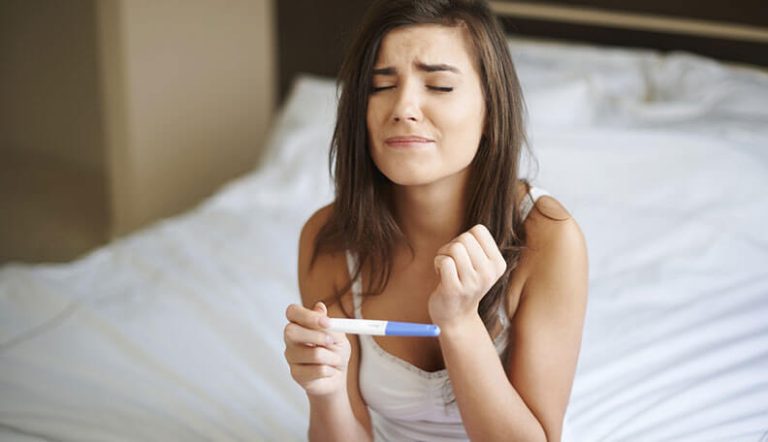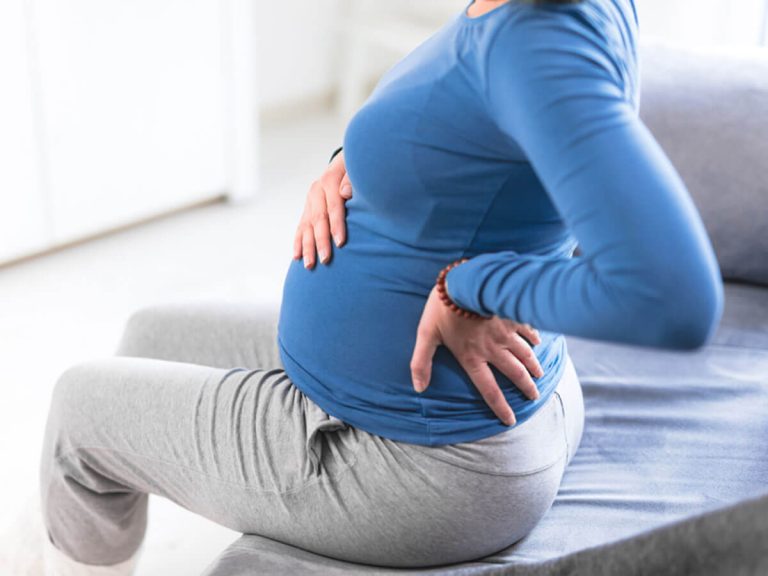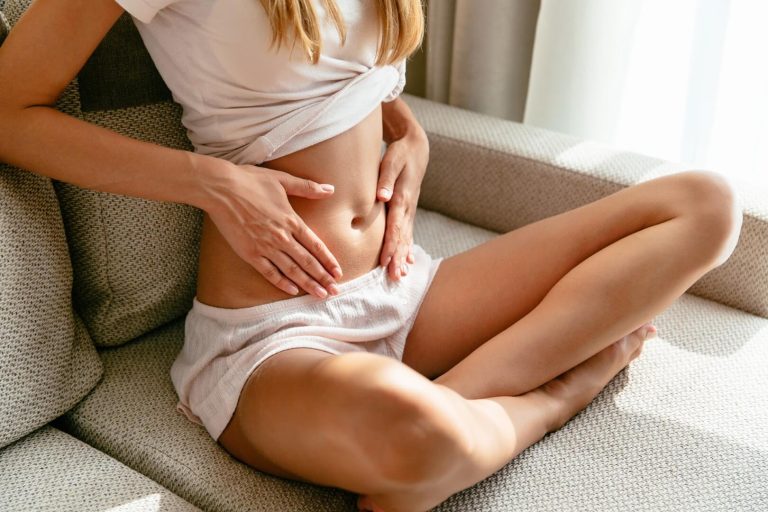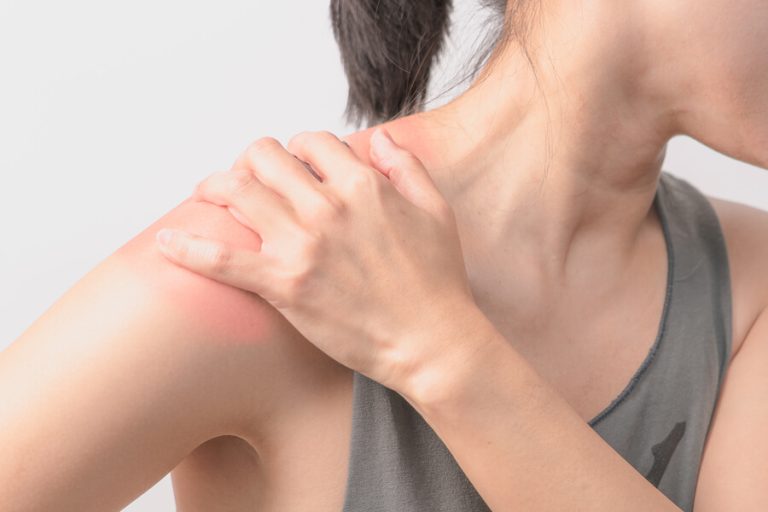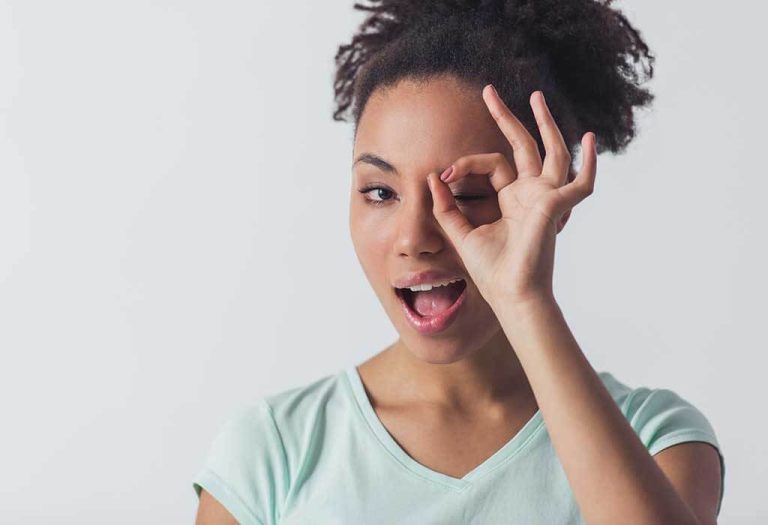How to Relieve Pain After a Massage
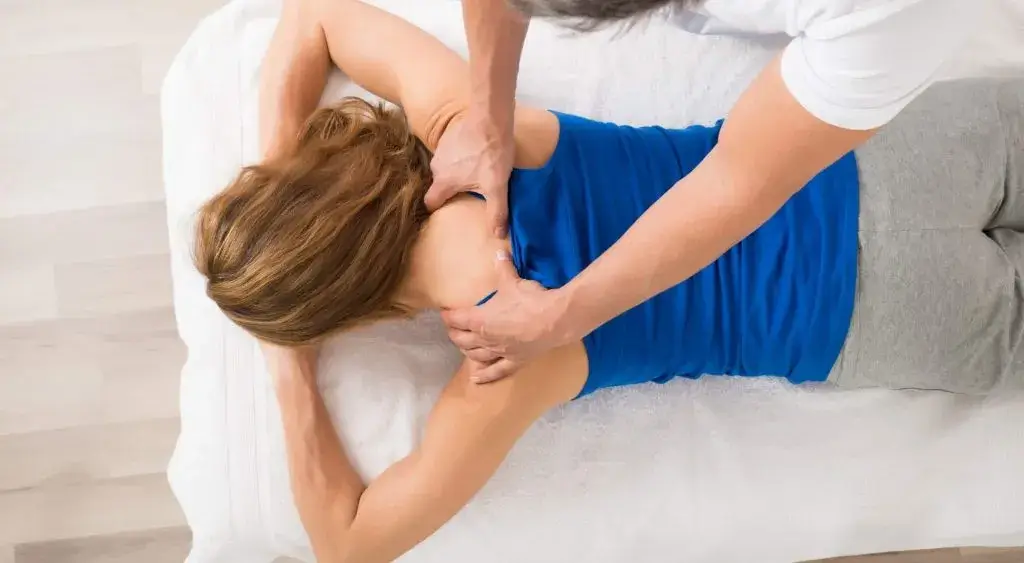
Massage therapy is a popular form of complementary and alternative medicine that involves the manipulation of soft tissues in the body to promote relaxation, relieve muscle tension, and improve overall health and well-being. While massage therapy has many benefits, some people may experience pain or discomfort after a massage.
Understanding Post-Massage Pain
Types of Post-Massage Pain
There are two types of post-massage pain: normal pain or soreness, and inflammatory pain.
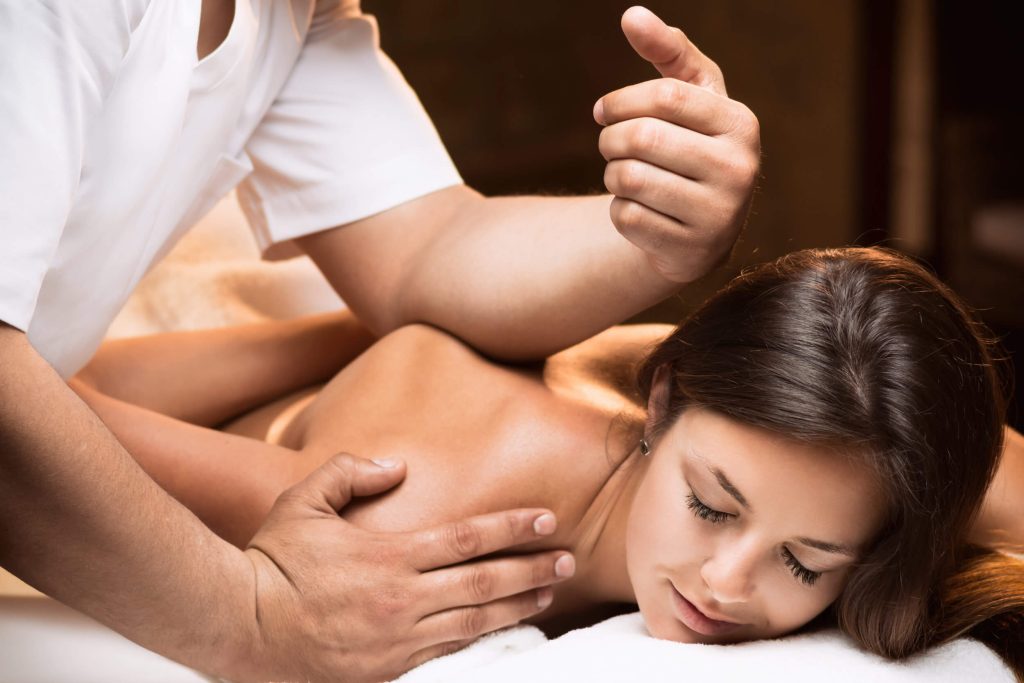
Normal pain or soreness: This type of pain is a natural response to the pressure and manipulation of the muscles during a massage. It typically lasts for a day or two and feels like the soreness you might experience after a workout.
Inflammatory pain: In some cases, post-massage pain may be the result of inflammation or injury. This type of pain can be more severe and long-lasting than normal soreness.
Causes of Post-Massage Pain
The following factors may contribute to post-massage pain:
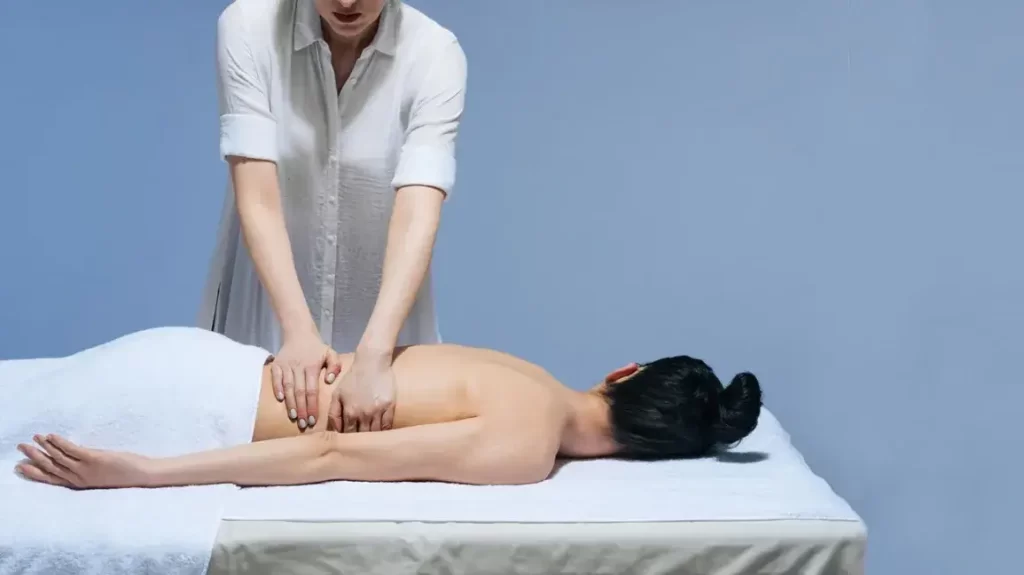
Dehydration: If you’re not properly hydrated before and after your massage, your muscles may become dehydrated, which can lead to pain and soreness.
Overuse of muscles: If your massage therapist works on the same area repeatedly or uses too much pressure, it can cause muscle soreness.
Injuries or underlying medical conditions: If you have an injury or an underlying medical condition, such as fibromyalgia or arthritis, a massage may exacerbate your symptoms.
Tips for Relieving Post-Massage Pain
Now that you understand the types and causes of post-massage pain, let’s look at some tips and techniques for relieving it.
Hydration
One of the most important things you can do to prevent post-massage pain is to stay hydrated. Drinking plenty of water before and after your massage can help keep your muscles hydrated and reduce soreness. It’s recommended to drink at least 8 ounces of water before and after your massage.
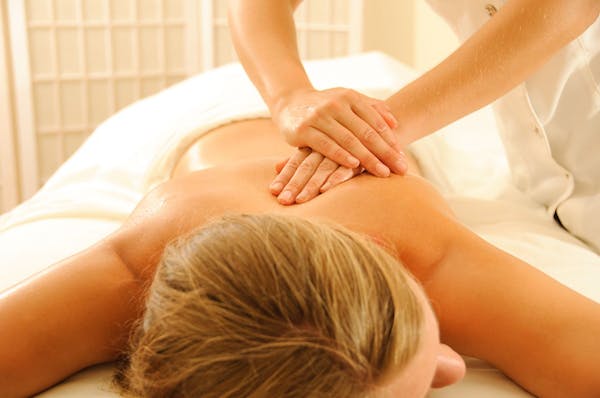
Stretching
Stretching before and after your massage can help prevent soreness and increase flexibility. Your massage therapist may also recommend specific stretches to help alleviate any pain or discomfort you’re experiencing. Gentle stretches can help improve circulation and ease any stiffness or tension in your muscles.
Warm Bath/Shower
Taking a warm bath or shower after your massage can help relax your muscles and reduce pain. You can also add Epsom salts or essential oils to your bath for added relaxation and pain relief. Warm water can also help improve blood flow to the muscles, which can speed up the healing process.
Light Exercise
Engaging in light exercise, such as walking or gentle yoga, after your massage can help increase circulation and prevent muscle soreness. Avoid intense exercise or weightlifting for at least 24 hours after your massage. Gentle exercises can also help you release tension and promote relaxation.

Ice or Heat Therapy
Applying ice or heat to sore muscles can help reduce inflammation and alleviate pain. If you’re experiencing normal soreness, you can use a heating pad or warm towel. If you have inflammation, use an ice pack wrapped in a towel for 15-20 minutes at a time. Heat therapy can help increase blood flow and relieve muscle tension, while cold therapy can help reduce inflammation and swelling.
Rest and Relaxation
Finally, one of the best things you can do to relieve post-massage pain is to rest and relax. Allow your body time to recover and avoid strenuous activities or stressors that can exacerbate your pain. Try to take a nap or meditate to promote relaxation and reduce stress. A good night’s sleep can also help your body recover from the massage and reduce any pain or soreness.
When to Seek Medical Attention
While post-massage pain is generally normal and nothing to worry about, there are some signs that you should seek medical attention. These include:
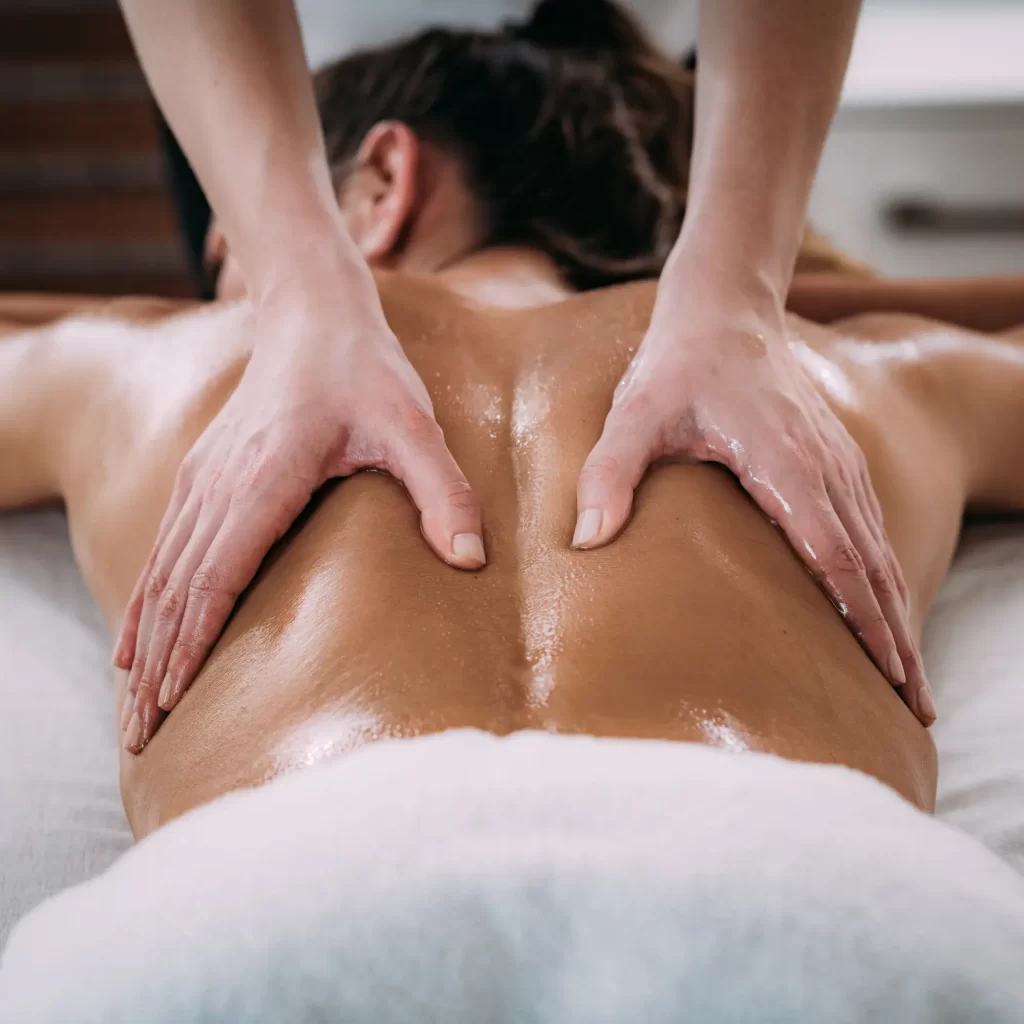
- Severe pain that doesn’t go away after a few days
- Swelling or bruising
- Fever or flu-like symptoms
- Numbness or tingling
- Rash or hives
In addition, if you experience an allergic reaction to the oils, lotions, or creams used during your massage, seek medical attention immediately. Be sure to inform your massage therapist if you have any allergies or medical conditions that may affect your massage experience.
Final Thought
In conclusion, post-massage pain is a common occurrence, but there are ways to alleviate it. Staying hydrated, stretching, taking a warm bath or shower, engaging in light exercise, using ice or heat therapy, and resting and relaxing are all effective ways to relieve post-massage pain. It’s important to listen to your body and seek medical attention if you experience severe or persistent pain, swelling, or other concerning symptoms.
Remember, massage therapy is meant to be a relaxing and therapeutic experience. By taking care of yourself before and after your massage, you can ensure that you get the most out of your session and feel rejuvenated and refreshed.


